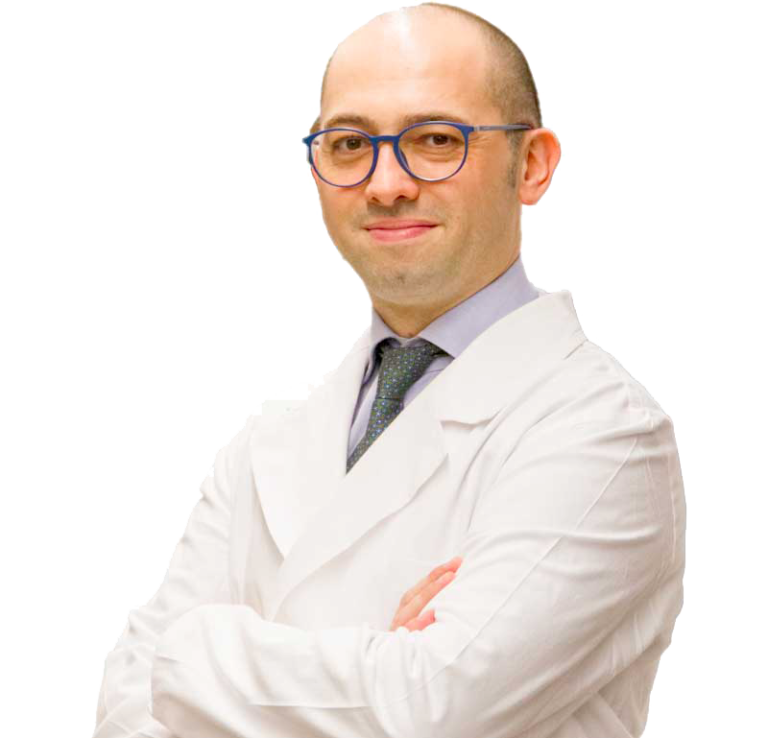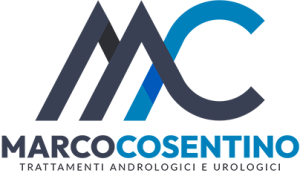Premature ejaculation
- Home
- »
- Premature ejaculation
Premature ejaculation. Causes and treatment
Many men in the world ejaculate within a very short time and this can cause unsatisfactory sexual intercourse, psychological difficulties for the couple, and personal frustration. This condition is defined as early or premature ejaculation.
In terms of time, recent studies on premature ejaculation have specified that the estimated ejaculatory latency time after penetration is about 1 minute. The latest version of the DSM-5 defines premature ejaculation as “a persistent or recurrent pattern of ejaculation during intercourse over the course of approximately one minute after vaginal penetration and before the person wishes; must be present for at last six months and occur in all, or almost all, cases (75-100%) and must cause clinically significant distress to the subject”.
Incidence and Causes
Early or premature ejaculation is often labeled as the most common sexual dysfunction in men but the true incidence in the general population is very difficult to identify. According to recent scientific studies, the current incidence in the population reaches 20-30% in men of all age classes.

While the biological causes include “nervous” factors (signal transmission) as well as hormonal and endocrinological factors, the psychological causes are more complex and are divided into:
(a) individual characteristics: anxiety, depression, “negative vision”;
(b) predisposing biographical factors: sexual abuse, early or traumatic sexual experiences etc.;
(c) aspects of the interpersonal relationship: sexual dysfunction of couple, emotional intimacy problems etc
Treatment
Because premature ejaculation was long regarded as a problem in control of the ejaculatory reflex, it is only relatively recently that treatment has become available for the condition. The improved understanding of the pathophysiology of ejaculation and the pathophysiological mechanisms involved in premature ejaculation has allowed the development of drugs that offer effective treatment. Four families of drugs are now in use:- inhibitors of phosphodiesterase-5 (sildenafil, verdenafil and tadalafil);
- alpha blockers (terazosin, alfuzosin, silodosin);
- selective inhibitors of serotonin reuptake (paroxetine, sertraline, fluoxetine, citalopram);
- topical anesthetics (lidocaine, prilocaine).
Type of drugs developed for of premature ejaculation’s treatment:
- Drug Family “A”: These are useful drugs for the treatment of erectile dysfunction. The rationale for their use is that a “safe” erection generates greater confidence in the patient but studies performed to date do not provide sufficient evidence for a medical indication. These drugs could be of some use in patients with erectile dysfunction and associated premature ejaculation.
- Drug Family “b”: The literature includes no reviews or meta-analyses providing scientific evidence for this recommendation and use.
- Drug Family “c”: These drugs are currently used as antidepressants. The rationale for their use is that the increase in serotonin available at the synaptic level lengthens ejaculatory latency. They are used chronically and there are many warnings about the need for compliance with correct use, with due attention to indications and contraindications. They are effective and are approved for the treatment of premature ejaculation. Side effects are mild and diminish with chronic use.
- Drug Family “d”: These drugs were already used in the second half of the last century. Their use is based on the alleged hypersensitivity of the glans as a trigger mechanism in premature ejaculation. They are effective, with proven results. Benefits include avoidance of systemic adverse effects and limited local effects: penile hypoesthesia (3%), vulvo-vaginal irritation (2–8%), loss of erection (1–5%), and genital erythema (1%).
Dr. Marco Cosentino
Andrological and Urological Treatments
I operate for years as specialized urologist and andrologist. Experience, research and international studies. I have done allows me to treat many problems, dysfunctions or diseases and urological andrology nature. Working with the aim of making each patient regain my intimate and satisfactory sex life.



